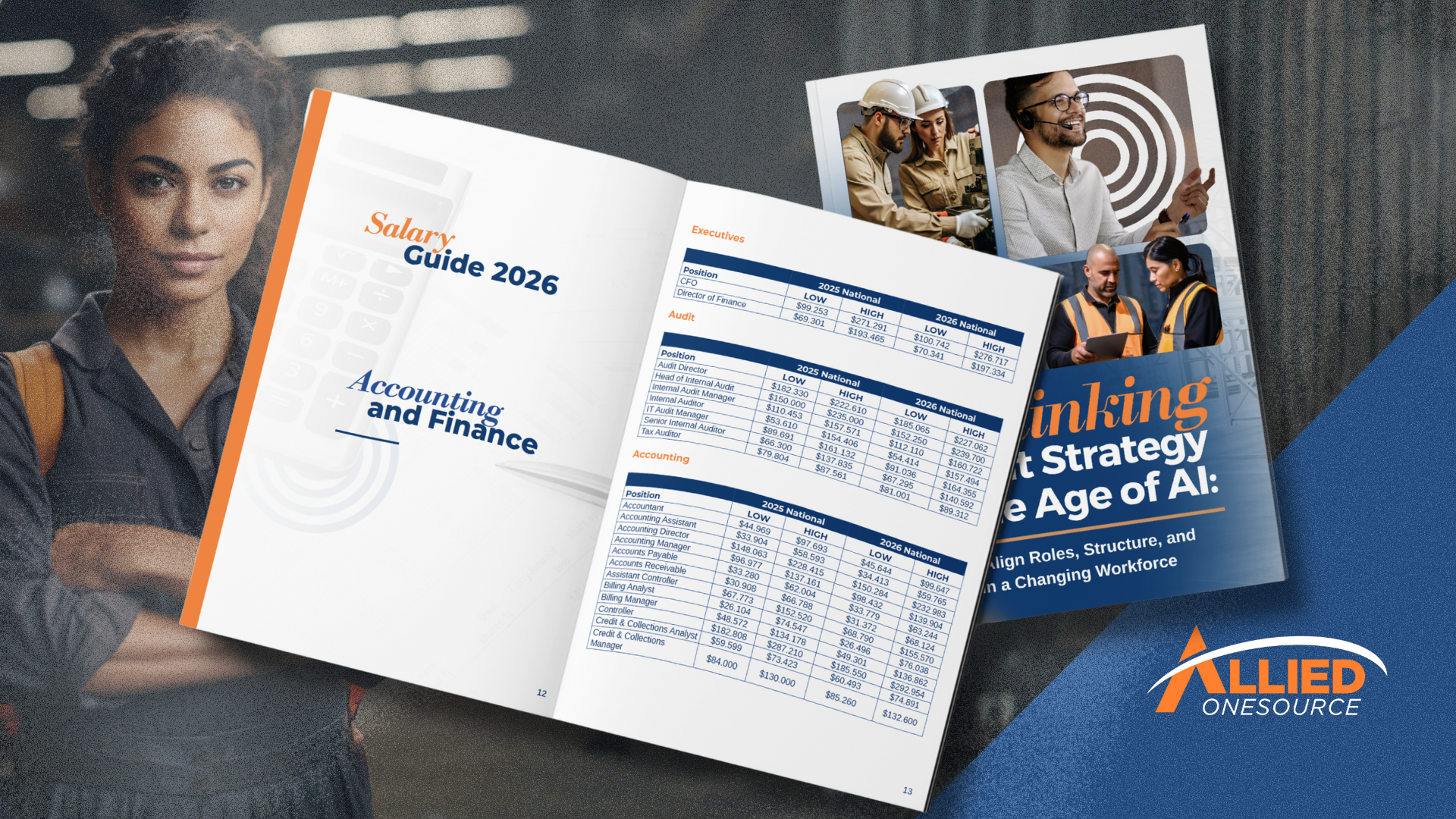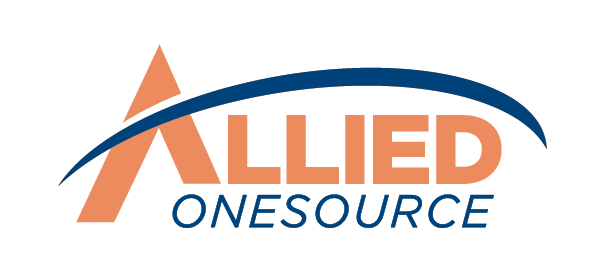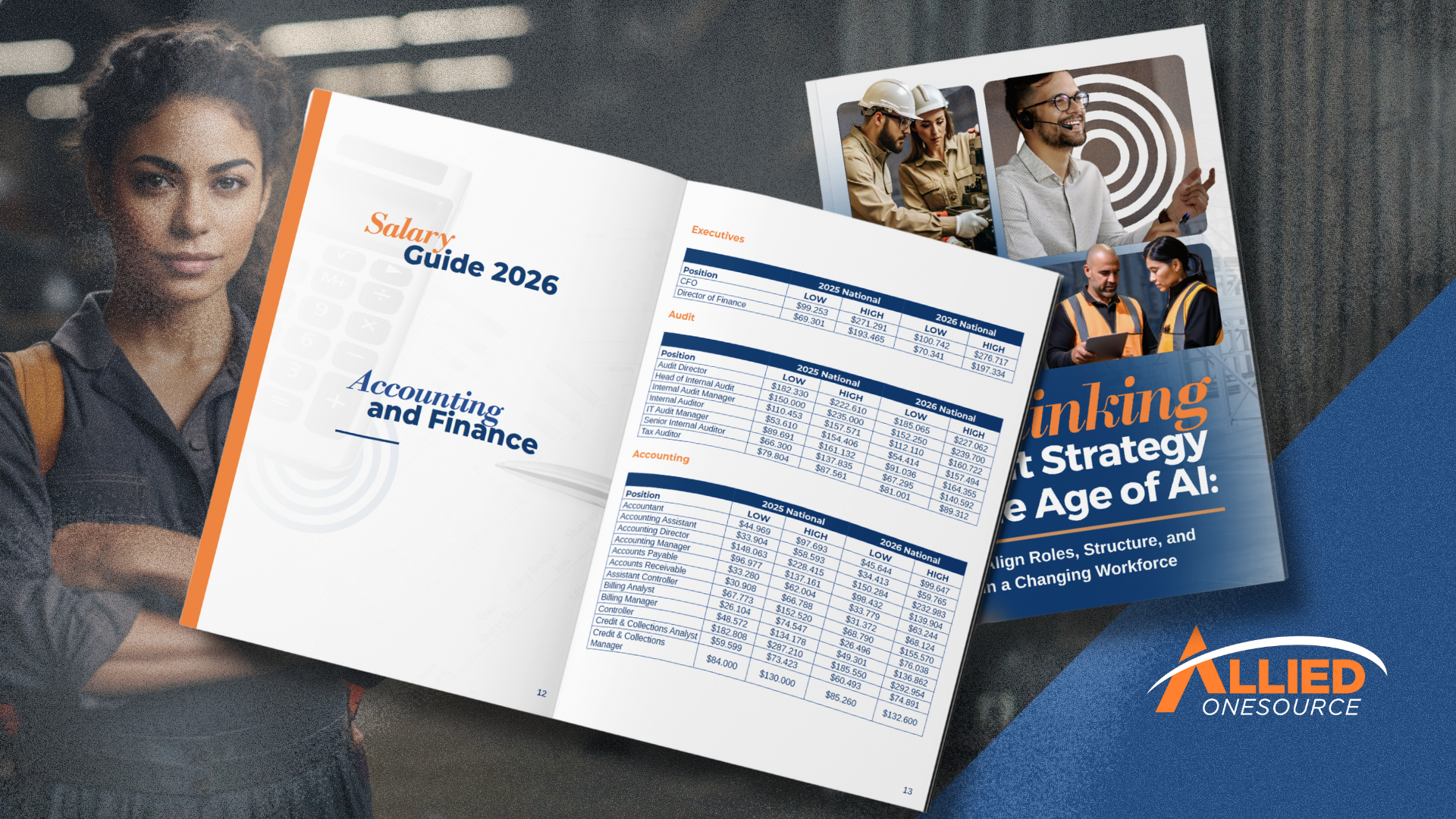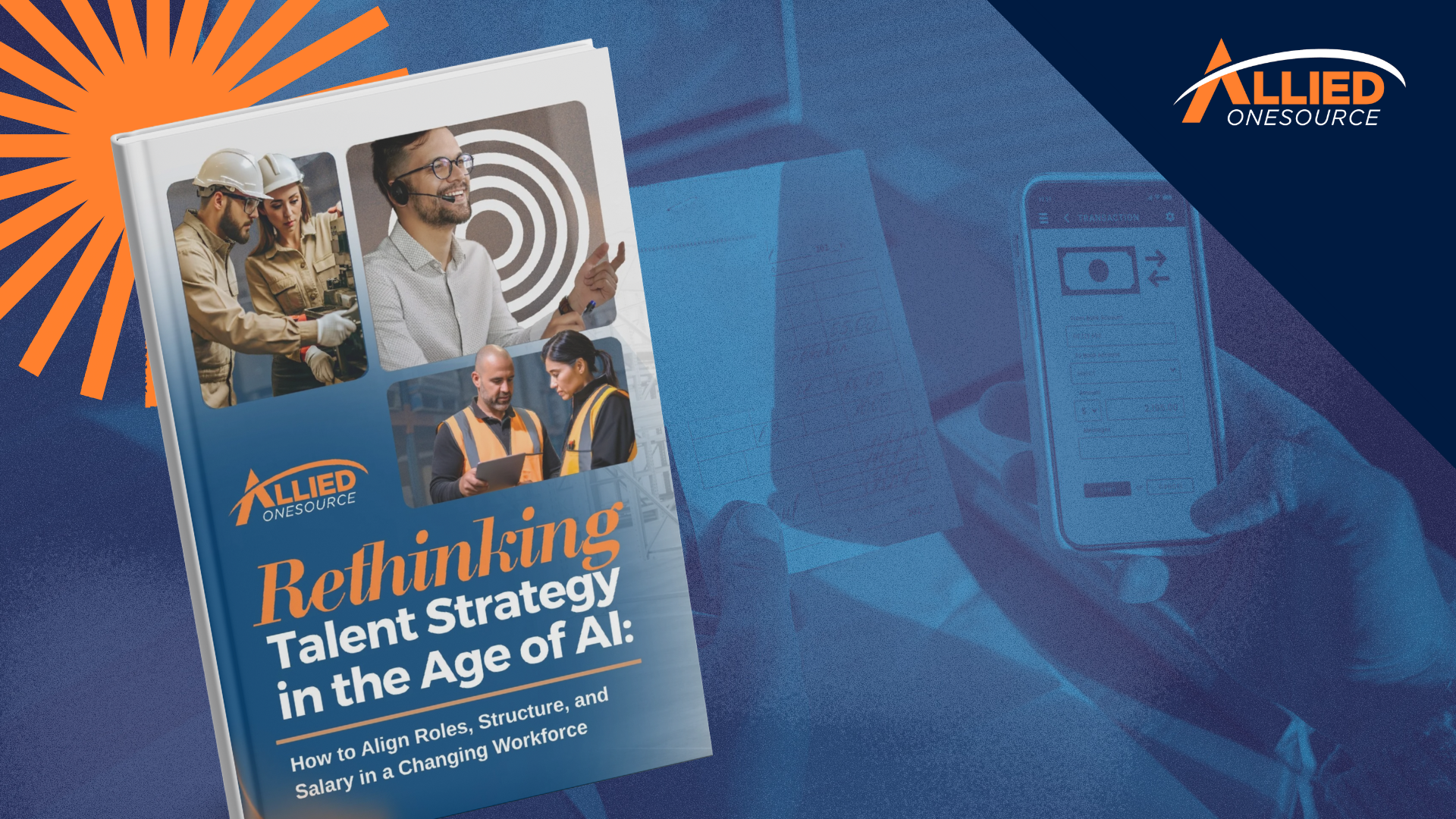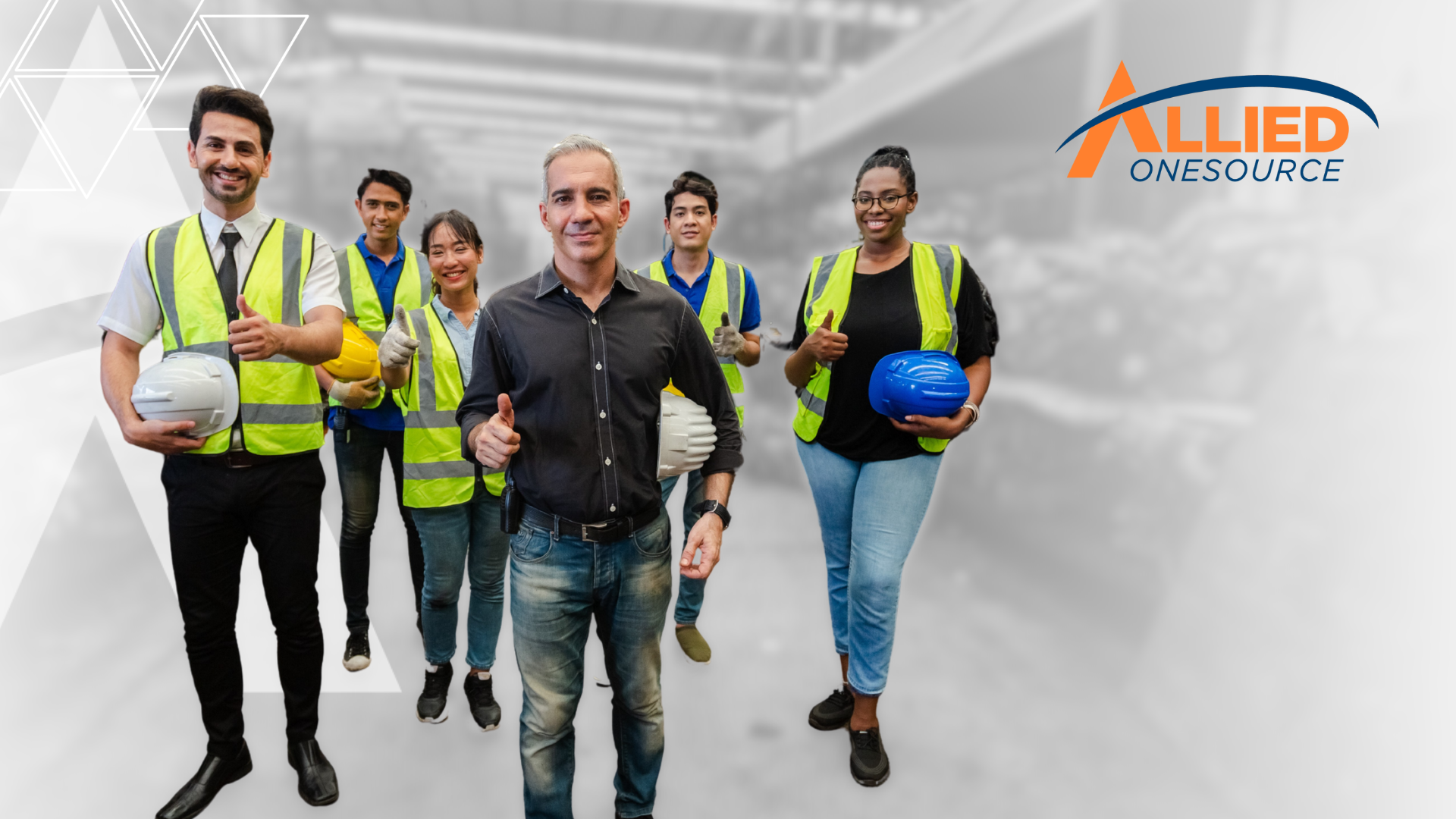From Training to Transformation: How Continuous Learning Cultivates a Future-Ready Workforce
Nearly half of learning and development professionals are currently addressing a critical skills crisis. LinkedIn's 2025 Workplace Learning Report reveals 49 percent of Learning and Development (L&D) leaders feel mounting pressure as the gap between what employees know and what businesses need continues to expand.¹ This challenge intensifies due to AI disruption and talent departures for better opportunities.
The data reveals the urgency. Gallup research shows that 72 percent of Fortune 500 CHROs expect AI to begin replacing roles within three years.² Simultaneously, top employees are leaving and taking institutional knowledge with them, a trend driven by limited development opportunities and career stagnation. The companies positioned for success are not those with the newest technology alone; they are organizations that enable their workforce to learn continuously and adapt effectively.
Why Continuous Learning Is No Longer Optional
Organizations that fail to prioritize continuous learning are positioning themselves for obsolescence. The evidence is compelling.
Your Competition Is Moving Faster
The World Economic Forum predicts that 44 percent of workers' skills will face disruption within the next five years.³ This represents rapid transformation rather than gradual change, leaving unprepared companies behind. AI creates knowledge gaps overnight, and businesses unable to adapt lose ground to competitors who can.
What proved effective last year may become irrelevant by next quarter. Companies that fail to keep their workforce current are choosing to compete with outdated capabilities. This means competitors are already advancing while others remain static.
You're Losing Critical Talent and Institutional Knowledge
LinkedIn research identifies business strategy as the top skill lost when employees leave. When strategic thinkers depart, they take critical knowledge that drives decisions and innovation. Organizations lose more than personnel; they lose the expertise that shapes competitive advantage.
When skilled employees leave, the impact extends beyond individual departures. The remaining team members lose mentors and knowledge sources. Staff members struggle to fill capability gaps they cannot handle effectively. Organizations end up investing more in consultants and new hires while losing the deep institutional understanding that develops only through sustained company experience.
Most Organizations Are Falling Behind
Only 26 percent of employees report that their company encourages them to learn new skills.⁴ This means three out of four workers feel unsupported in professional development and perceive limited career advancement opportunities. Furthermore, LinkedIn research shows only 36 percent of organizations qualify as "career development champions" with strong programs that deliver measurable results.⁵
These statistics reveal a significant gap that directly impacts employee engagement. Most companies claim to value their people, but few actually invest in employee growth. Engaged employees who lack clear learning objectives and development paths recognize this disconnect and choose to develop their skills elsewhere at companies that genuinely support continuous learning.
The Business Benefits of Continuous Learning Are Measurable
Companies that invest in employee development achieve tangible returns. The Society for Human Resource Management (SHRM) research demonstrates that upskilling programs have generated $2.5 billion in cost savings and revenue for companies.⁶ Learning opportunities now represent the top strategy employers use to retain their best talent.
The math is straightforward: investing in current employees costs less than continuously hiring and training replacements. Companies with strong learning cultures retain talent while building internal expertise that drives innovation and competitive advantage.
How to Build Workplace Learning Strategies That Work
Building a continuous learning culture requires time, but you can begin with practical steps that deliver results. Here's how to create workplace learning strategies that generate real impact.
Step 1: Assess Current vs. Future Skill Needs
Begin by mapping existing team skills against future requirements. Examine current projects and upcoming business objectives. What capabilities are missing? Which roles will transform most significantly as AI and automation advance?
Avoid assumptions; engage employees directly. They often understand better than anyone what skills they need to perform effectively. Survey your team, consult department heads, and review performance gaps from the past year. This approach provides a clear picture of where to focus learning investments.
Step 2: Create Learning Pathways Aligned with Business Goals
Once you identify needed skills, connect learning directly to business outcomes. If expanding into new markets, prioritize language skills or cultural competency training to support market entry success. When adopting new technology, focus on technical skills that facilitate smooth transitions and maximize technology adoption.
Make these connections clear for employees. Demonstrate how developing specific skills advances their careers while helping the company succeed. When people understand the reasoning behind their learning, they engage more actively and apply knowledge more effectively.
Step 3: Start with Micro-Learning for Immediate Impact
Micro-learning succeeds because it fits into busy schedules without overwhelming people. Break complex topics into 10-15 minute sessions that employees can complete between meetings or during breaks. This approach improves information retention compared to lengthy training sessions.
Focus on skills that provide immediate application. If your sales team needs to learn a new CRM system, create short videos for each feature rather than conducting four-hour training sessions. Employees gain value immediately, and you achieve faster adoption of new tools and processes.
Step 4: Build Mentorship Programs for Knowledge Transfer
Pair experienced employees with newer team members to transfer critical knowledge before it leaves the organization. This extends beyond formal mentoring relationships—create opportunities for social learning through cross-training, job shadowing, and collaborative projects where knowledge sharing occurs naturally.
Establish clear expectations for both mentors and mentees. Provide mentors with dedicated time in their schedules for teaching, and offer structure so sessions produce results rather than remaining casual conversations. This approach captures institutional knowledge while developing future leaders within your organization.
Step 5: Scale with AI-Powered Training Platforms
Leverage technology to deliver personalized learning at scale. AI-powered platforms can adapt to individual learning styles and support continuous development based on each employee's role and objectives. This provides consistent training quality without requiring extensive HR resources.
Select platforms that integrate with existing systems and provide analytics on learning outcomes. The objective extends beyond delivering training; it includes understanding what works and what doesn't so you can improve programs over time.
Step 6: Measure Impact and Adjust
Track metrics that matter to your business, not just completion rates. Measure factors like time-to-productivity for new hires, internal promotion rates, and employee retention in roles where you've invested in learning programs. These metrics demonstrate real business impact and show your commitment to lifelong learning initiatives.
Use feedback loops to improve programs continuously. Survey employees about what helps them and what doesn't. Review performance data to determine if training translates to better results. Adjust your approach based on data insights, not theoretical assumptions.
Build Your Future-Ready Workforce Today
Training your current team is essential, but it represents only half the equation. You also need the right people who can learn and grow with your business.
That's where Allied OneSource makes the difference. We help companies like yours find talent that fits both immediate needs and long-term objectives. Need to fill critical skill gaps quickly? Looking for people who will engage with your learning programs and develop within your organization? We deliver results.
Our whitepaper "Maximizing ROI through Strategic Workforce Optimization" explains exactly how to build a workforce strategy that works. Download it now, or contact us to discuss your specific hiring challenges.
References
1., 5. Conway, Stephanie. "2025 Workplace Learning Report: Why Being a Career Champion Helps You Win." LinkedIn, https://www.linkedin.com/business/talent/blog/learning-and-development/2025-workplace-learning-report.
2., 4. Lorenz, Emily. "Employee Upskilling Is Vital in Rapidly Evolving Job Market." Gallup, 19 Nov. 2024, https://www.gallup.com/workplace/653402/employee-upskilling-vital-rapidly-evolving-job-market.aspx.
3. "The 2020s Will Be a Decade of Upskilling. Employers Should Take Notice." World Economic Forum, 10 Jan. 2024, https://www.weforum.org/stories/2024/01/the-2020s-will-be-a-decade-of-upskilling-employers-should-take-notice/.
6. Blair, Euan. "Not Just a Perk: Making the Business Case for Upskilling and Reskilling." SHRM Executive Network, 14 Nov. 2024, https://www.shrm.org/executive-network/insights/not-just-perk-making-business-case-upskilling-reskilling.
